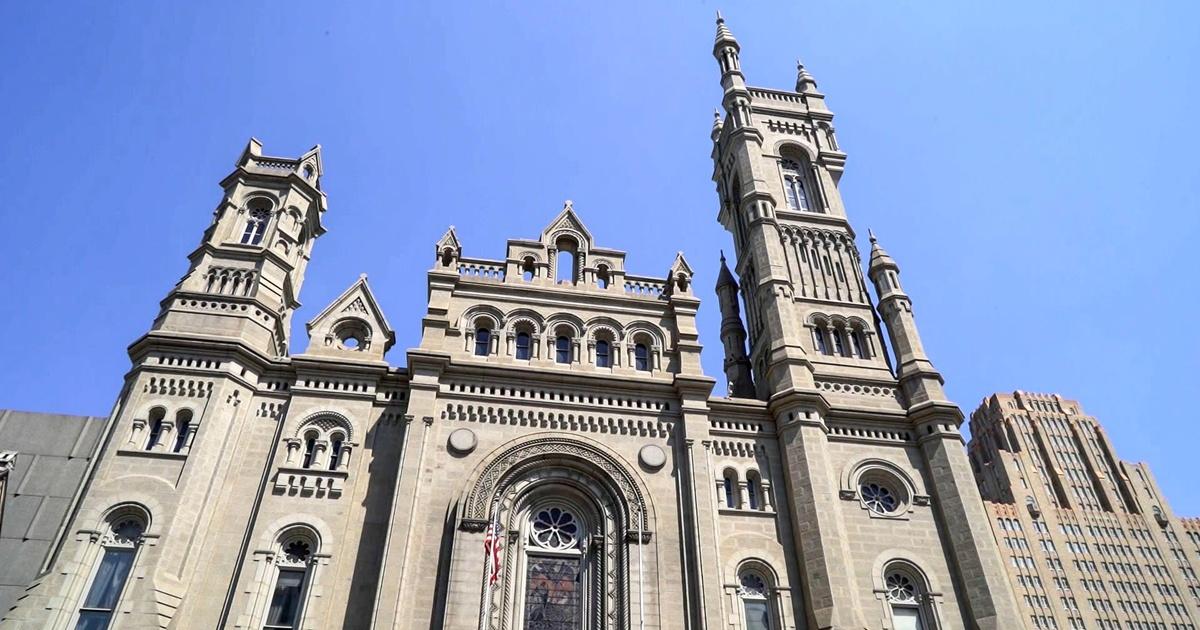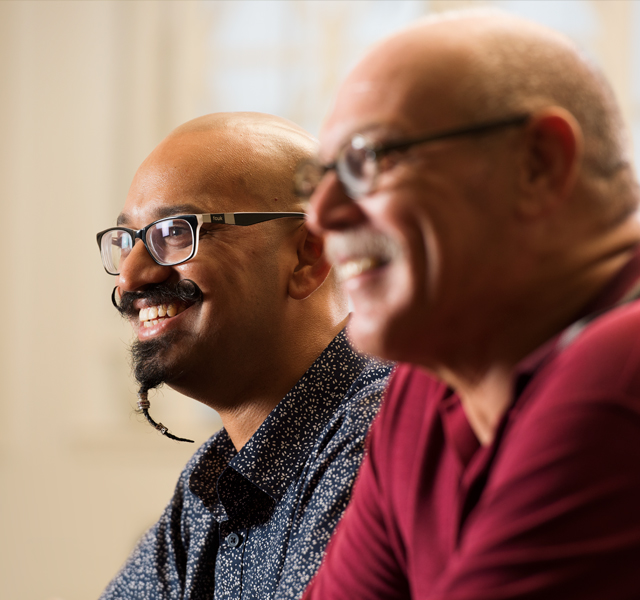Discovering the Requirements of How to Become a Freemason with Confidence
Wiki Article
Checking Out the Mysteries of the copyright: What You Required to Know
The copyright, a term frequently shrouded in intrigue and dispute, represents a complicated tapestry of historic fact and contemporary myth. Developed in the late 18th century, this secret culture was originally rooted in the Knowledge's ideals however has since come to be identified with conspiracy theory concepts about elite control.Origins of the copyright
The beginnings of the copyright are soaked in a blend of historic intrigue and ideological fervor. Established in 1776 in Ingolstadt, Bavaria, by Adam Weishaupt, the team was originally created as a secret culture focused on promoting Enlightenment suitables such as factor, secularism, and the separation of church and state. join freemason. Weishaupt, a professor of canon legislation, looked for to challenge the dominating authority of the church and state, which he considered as overbearing institutions suppressing intellectual and individual flexibilityThe copyright sought to hire prominent participants from various societal industries, consisting of politics, academic community, and the arts, to foster a network committed to these Enlightenment principles. The culture operated under a veil of privacy, employing coded language and rituals to secure its members from mistreatment, specifically given the repressive environment of the time. Nevertheless, the copyright dealt with significant opposition from both governmental authorities and spiritual establishments, which watched the team as a risk to their power.
Key Numbers and Members
Who were the crucial figures that shaped the copyright's very early impact and instructions? The Bavarian copyright, established in 1776 by Adam Weishaupt, emerged as a feedback to the overbearing societal structures of the moment. Weishaupt, a law teacher, pictured the company as a way to promote Enlightenment ideals such as factor, secularism, and equality. His preliminary employment efforts included influential pundits, such as Baron von Knigge, that played a crucial function in increasing the team's subscription and organizational framework.One more considerable number was Johann Gottlieb Fichte, a popular philosopher whose ideas on nationalism and education reverberated with the copyright's goals. Fichte was not an official member, his philosophical foundations influenced the team's ideological background. Furthermore, figures like the author and theorist Johann Wolfgang von Goethe were connected with the wider intellectual activities of the time, although their direct participation with the copyright continues to be disputed.
These essential numbers contributed to the copyright's very early direction, pushing the borders of political and social idea, while their cumulative initiatives aimed to challenge established norms and cultivate an environment of dynamic adjustment in Europe. (join freemason)
Myths vs. Reality
Several false impressions surround the copyright, typically mixing truth with fiction in a manner that obscures its true nature. This secret society, originally established in 1776 in Bavaria, aimed to advertise Enlightenment suitables and battle spiritual and political fascism. The idea that the copyright proceeds to exert substantial impact over world events is a myth. While the group did exist, it was dissolved in the late 18th century and has actually not run as a natural entity because then.One more common misconception is that the copyright comprises a network of elite people controling international events. Actually, several conspiracy theories exaggerate the team's relevance, connecting unfounded motives to social trends and events. This has resulted in an oversimplified sight of intricate issues.
Furthermore, the portrayal of the copyright in preferred culture typically additional misshapes its tradition. Movies and literature tend to sensationalize the organization's function, creating a narrative that deviates from historical truths. Understanding the difference between the myths and the reality of the copyright is crucial for critical the authentic influence of this historical team and identifying the more comprehensive implications of conspiracy theory theories in contemporary society.

Modern Interpretations
check it out Contemporary interpretations of the copyright usually reflect broader societal anxiousness and an attraction with privacy and power. This contemporary lens often links the copyright with conspiracy theories that suggest a covert elite orchestrates world events, adjusting governments and economic situations for their very own gain. Such narratives use a deep-rooted mistrust of authority, especially in times of situation or social upheaval.In preferred society, the copyright is typically illustrated as an omnipotent company shrouded in enigma, resulting in a why not find out more variety of fictional representations in literary works, film, and music. This portrayal offers not only to delight however likewise to provoke thought of the nature of power and control in modern society. Social media has actually better intensified these interpretations, permitting for rapid dissemination of conspiracy theories and creating communities that share and broaden upon these concepts.
Additionally, some modern interpretations frame the copyright as a metaphor for the intricacies of globalization and the interconnectedness of prominent individuals and organizations. This point of view encourages an essential assessment of just how power characteristics run in today's world, highlighting the equilibrium in between openness and privacy in governance and company techniques.
Cultural Effect and Tradition
Influenced by centuries of intrigue, the cultural influence and legacy of the copyright extend far beyond its historical beginnings. This secret society, established in the late 18th century, has permeated different elements of pop culture, from literary works and movie to songs and art. join freemason. The idea of the copyright has actually developed into a sign of conspiracy theory concepts, commonly standing for a regarded hidden power controling international eventsIn literary works, writers like Dan Brown have actually woven the copyright into elaborate plots, visit our website fascinating readers with styles of secrecy and power. Films such as "National Treasure" and "The Da Vinci Code" even more perpetuate the allure of the culture, blending fact with fiction to produce interesting stories.

Ultimately, the copyright's tradition is a complex tapestry of misconception and fact, shaping assumptions of privacy and control in contemporary discourse. Its long-lasting presence in society emphasizes humanity's seasonal quest for comprehending covert truths.

Final Thought
The expedition of the copyright exposes a complex interaction between historic facts and contemporary myth-making. Established in the Enlightenment period, this society aimed to challenge overbearing structures, yet its tradition has been overshadowed by conspiracy theory theories that suggest elite adjustment. Comprehending the distinctions in between the original ideals and contemporary interpretations is important for understanding the withstanding attraction with the copyright and its substantial impact on social stories bordering power and privacy in society.Report this wiki page